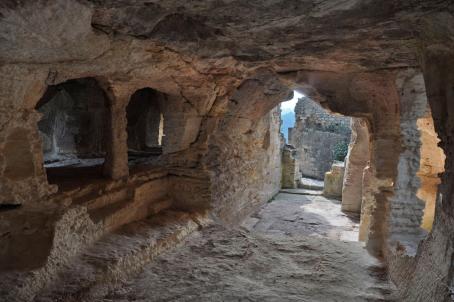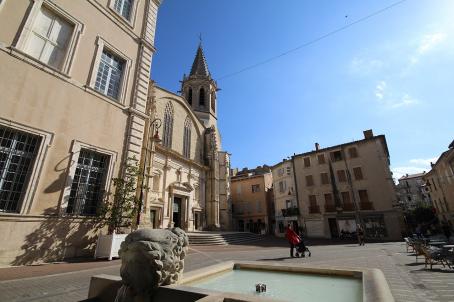Avignon Cathedral
It dates from 1150 and was enlarged in the 14th and 17th centuries by side chapels. As early as 1336, Giacomo Stefaneschi, the Cardinal of St. George, commissioned Simone Martini - the most Gothic of Italian painters, considered the leader of the School of Siena - to paint frescos on the porch of Notre-Dame-des-Doms. Martini, who was Duccio de Buoninsegna's pupil, comes with his wife Giovanna and brother Donat. The frescoes were completed before the death of the commissioner in 1343. Under Benedict XIII, Avignon was under siege. Despite the surveillance to which he was subjected, the Pontiff managed to leave the palace and his town of residence on March 11, 1403, after a trying five-year siege. If Benedict XIII never returned to Avignon again, he had left his nephews, Antonio de Luna as rector of the Comtat Venaissin, and Rodrigo. He and his Catalans settled in the pontifical palace. On Tuesday, January 27, 1405, at Vespers time, the pyramidal bell tower of Notre-Dame des Doms collapsed and crushed the ancient baptistery dedicated to Saint John in its fall. The Catalans were accused of this action and took the opportunity to establish a platform on these ruins to install their artillery.





